Would you like to know how to add an eye-catching detail to your house or office? If it is the case, you might consider using a type of medallions for any area you choose on the floor or wall.
This article will look closely at the types of medallions with some examples from the historical perspective to the contemporary ones. Of course, there are always some classic and traditional popular designs as options, but we can recently come across a new approach to create many different types of mosaic models.
What is a Medallion Tile
Small pieces of stones in different colours come together to make a pattern on a net which leads the single tile to an easy installation. The stone pieces can be cut by tile cutters to be able to produce the mosaics in a neat look. It is possible to make the medallions with the latest technology using such as waterjet or CNC machines to give a more luxurious style and allow to combine different shapes. For artistic purposes, the artists prefer cutting them manually to give the aesthetic they need for their masterpiece
No matter what materials are laid on the floor or cladded on the wall, medallions are always there to bring the decoration to the next level. When things seem a bit plain or dull, adding a striking element will boost the energy of the place without the need of changing the entire laying.

From Mesopotamian to Modern

The earliest known mosaics that consist of coloured stones, shells, and ivory were found in Abra, Mesopotamia dating back to the 3rd millennium BC. Years later, in Ancient Greece and the Roman Empire, Classical artists create pictures, patterns, and motifs in their mosaics.
Bronze Age pebble mosaics have been found in Macedonia, and the 4th-century BC mosaic of The Beauty of Durrës discovered in Albania. The Greek figural style was mostly formed in the 3rd century BC. They were affected by mythological subjects or scenes of hunting, and they were popular as the centrepieces of a larger geometric design, with strongly emphasized borders. There are still reproductions of these mosaics as a figure, pattern and motif. Medallion tiles have been used to transform a space that they were used in to change the accent of the space. They have always been strong decorative elements with many different types and usage purposes.

We have discovered more materials, invented new technology and gained more experiences over two thousand years to combine the materials and designs. Thus, we can realize the designers’ dreams and produce all types of motifs, from historical pieces to modern ones for today’s architecture. Such kind of contemporary medallions have a unique design and precious for the place they were installed. What makes medallions so beautiful and unique is the combination of elements used to create each design.

Types of Medallion Tiles
There are many different shapes and colours produced according to customer preferences. Medallion types allow us to be creative with endless options. Thickness is generally around 1 cm, which permits us to use them for any surfaces laid with any types of materials. Depend on the motif, stone type and production method, the size may vary from 60 cm and up to 140 cm for regular production. Custom design medallions don’t have any upper limit in this sense.

These are the general shapes used for medallion tiles in general:
- Round Medallions
- Square Medallions
- Rectangular Medallions
- Oval Medallions
- Octagonal Medallions
- Custom Medallions
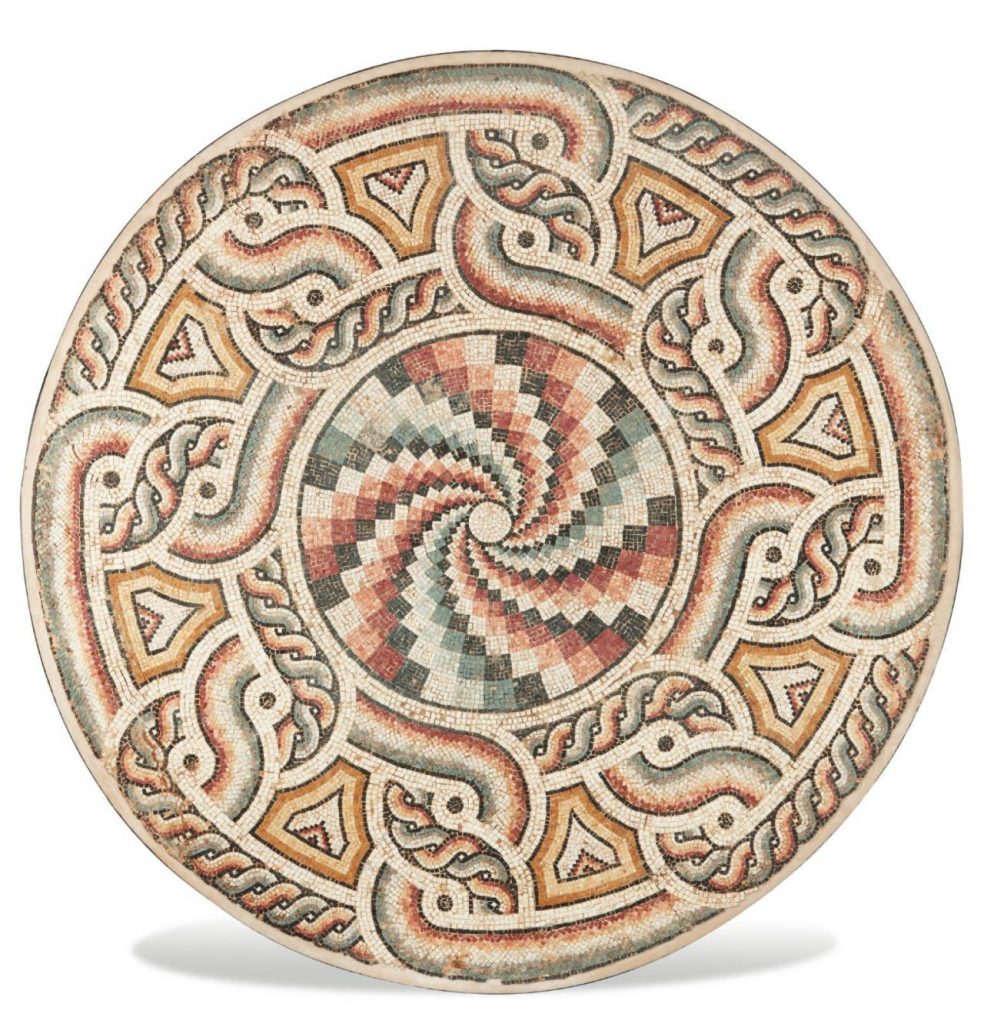







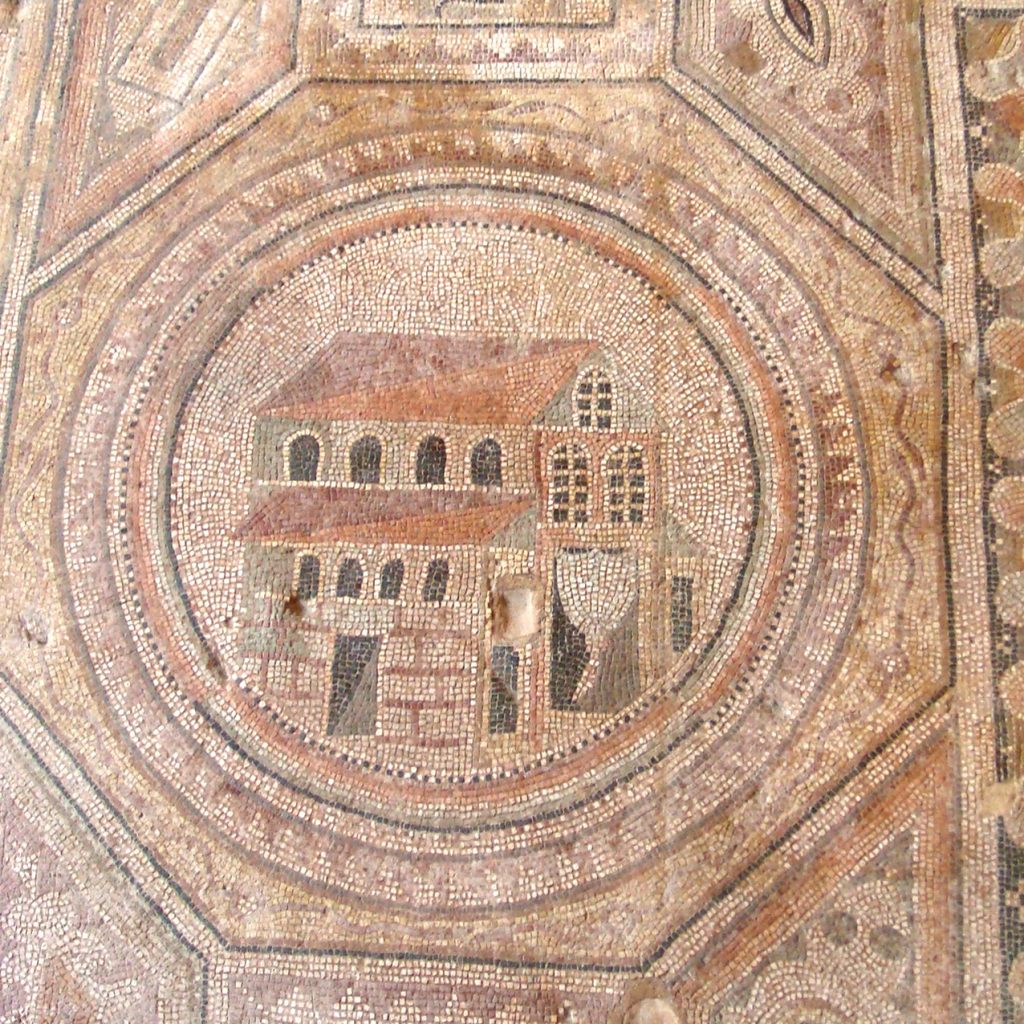



Design of Medallions
Medallions are generally known as a centrepiece of flooring but today we are aware of possible different usages for any classical materials as well as mosaic medallions. We can even combine the medallions with wood, ceramic or concrete flooring or on a wall element as a complimentary piece. Each piece is outcome of a unique combination to create highly detectable design.
It is not easy to group the medallion tiles into some categories but if we see the models in details the models and designs separately we come across mainly these types:
Traditional Designs:
These medallions are in the classic category of motifs, patterns, and shapes used centuries in different locations and cultures. They are generally the reproductions of Greek/Roman mosaics that were already beautifully processed and produced in those times. They have their eternal beauty, and there is no need to change the main elements as they have already been there for two thousand years. They are simple, elegant and still popular after all those new styles of lives and technology. They belong to an antique culture and are coming from history. They tell stories; they have identities and styles. Classic designs have some specific motifs in common, and the most robust options are compass, star, spiral, and braid. The compass and star motifs look like each other, and they both work well in a medallion. For example, the compass and the star might be in the middle and surrounded by different layers of circular braided details.


Geometric Designs:
These medallions are other types of classic designs. But this time the motifs are of simple geometric forms such as triangles, squares, hexagons, octagons and diamond shapes.


Painting-Like Images:
In the 2nd century BCE, mosaic pieces could be produced as small as 4 mm or less and designs were improved using a wide range of colours. Sophisticated colouring and shading were the main tools to create a painting effect. Sorus of Pergamon (150-100 BCE), a Greek artist from Pergamon, modern-day Bergama, in ancient Turkey, was one of the few ancient mosaic artists ever named. He was admired for his two famous mosaics:
Doves Drinking From A Bowl and Unswept Floor. These pieces were often used as centrepieces for pavements with more simple designs. Both works have a high degree of craftsmanship and the labour involved in producing these pieces. They are like more paintings rather than mosaic tiles. These mosaics have been copied many times in many formats.
The Alexander Mosaic is a Roman floor mosaic and shows Battle of Issus between the armies of Alexander the Great and Darius III of Persia. It measures 2.72 x 5.13m and is composed of 1,500,000 pieces.

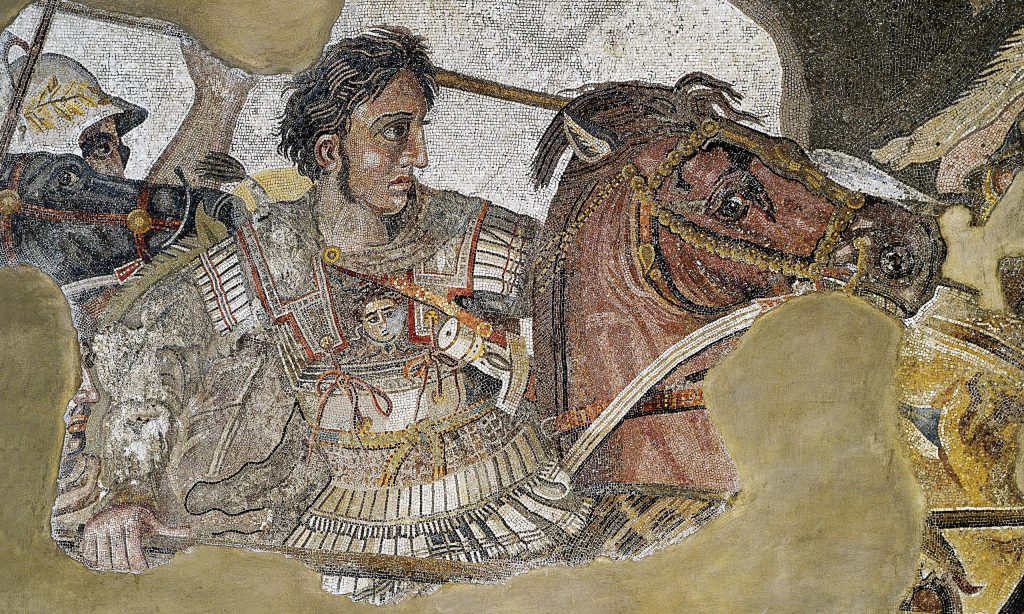
Figurative Images:
Different images are produced in this category, such as animals and flowers representing natural scenes. Aquatic animals tend to be used for wet areas like bathroom, shower cabin or swimming pool, whereas herbal-like images such as flowers, trees or fruit are more appropriate for the other parts like kitchen areas or living rooms. A compass that points east, west, north, south is also a popular figure. These figures might portray traditional or contemporary ways.
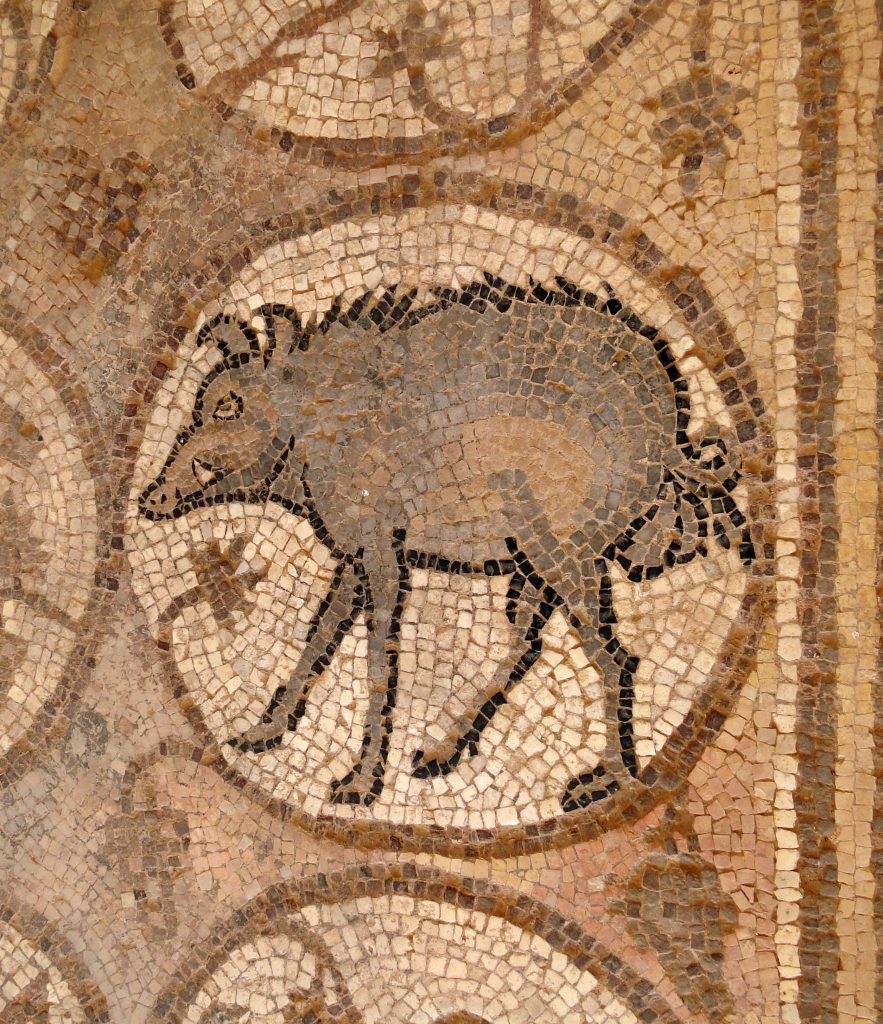
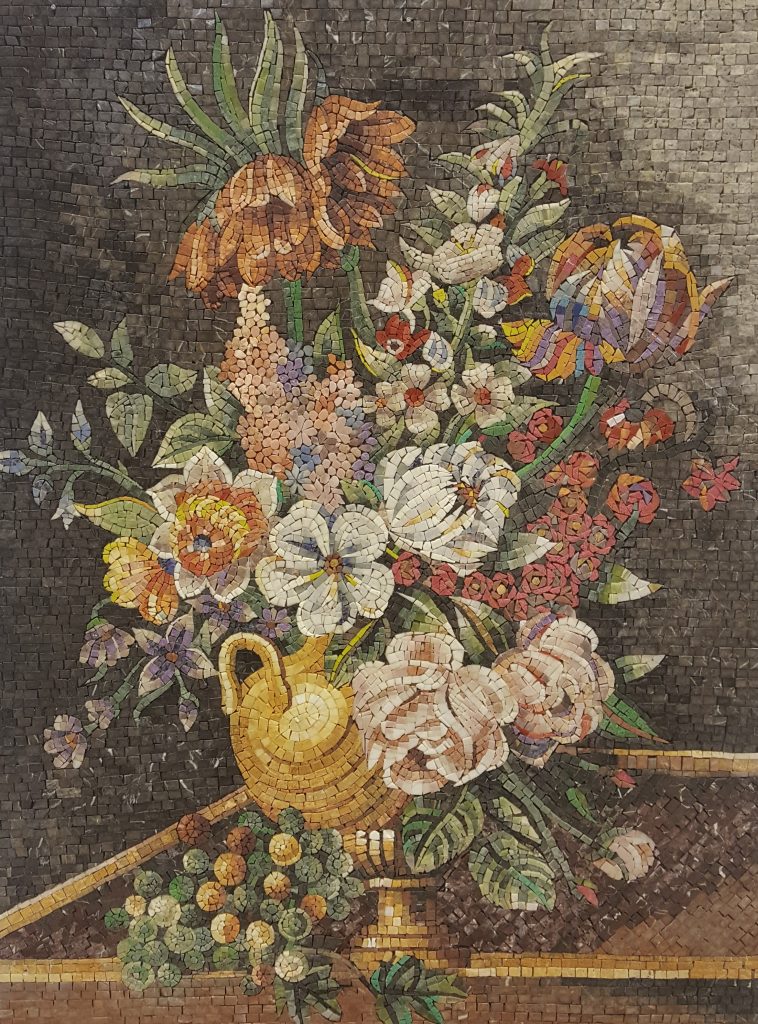
Custom Designs:
Custom-made medallions are also possible to produce when any demands occur for a company logo, a particular image, or even a written message and so on. When choosing one, you can use the theme of your home or the area in which it is being installed to help you decide.


Places for Using Medallion
Medallions are suitable for interior and exterior applications and there are many areas, rooms and sections to use them. They are sometimes in the house’s entryway as a centrepiece for a warm welcoming or on the office’s wall as a company logo for a formal business salutation. When shown in the hotel lobby, it gives a luxurious appearance or a historical journey on a living room wall. They can be made as a reproduction of any famous paintings or as a favourite object. They can be as any figures on kitchen backsplash splash or in the shower cabin. They can be artistic production for specific rooms such as a dining room, a landing of a stair, over a fireplace of a living room. They can be outdoor patio floor or in the sitting area of a garden.
Material Choices
Depending on preference, application area and budget, there are a variety of materials to be picked as an option. Because of colour scales and availability to work with generally marble and travertine pieces have been used more commonly than other materials. The surface of the stones depending on the design can be tumbled, honed, polished or sandblasted. The pieces might be properly cut by machines especially for the manufactured product or the unique pieces are cut by hands for artistic purposes. 3d stone mosaics have different techniques to shape the stones depending on the motifs.
